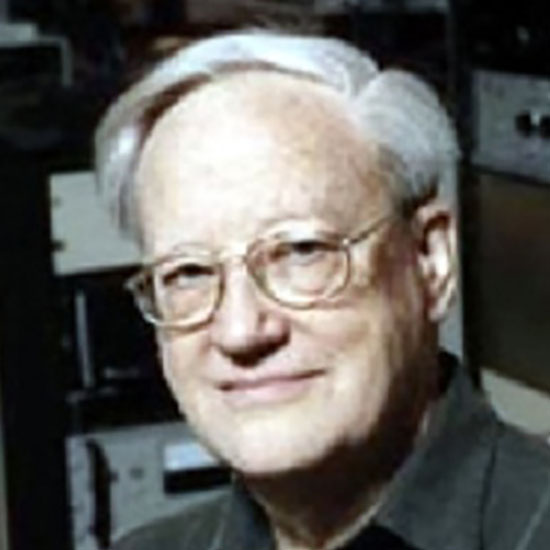Albert Edward Litherland conducted research in experimental nuclear structure physics and is largely responsible for the entry into standard practice of several experimental methods, notably the Doppler shift attenuation method for the determination of nuclear life times, the Litherland method of 180 degrees coincidence correlation and the generalised method with Ferguson for the determination of nuclear spins.
Albert’s work has been done chiefly in the Chalk River laboratory of AECL and he has played a major role in building up the strength and international name of that laboratory in nuclear structure physics. He has also had a major share in its most significant discoveries in nuclear structure, particularly the recognition of rotational motion in light nuclei.
From 1977 onwards, at the University of Toronto, he played a major role in developing mass spectrometry with accelerators (AMS), particularly for radiocarbon dating using atom counting and the generalisation of isobar separation methods for other long-lived radioactive isotopes.

